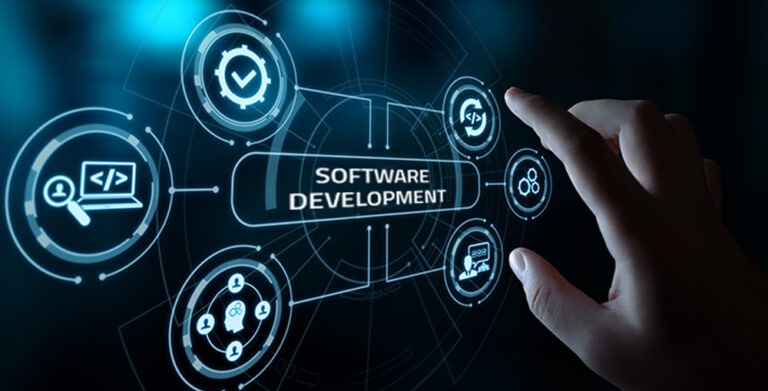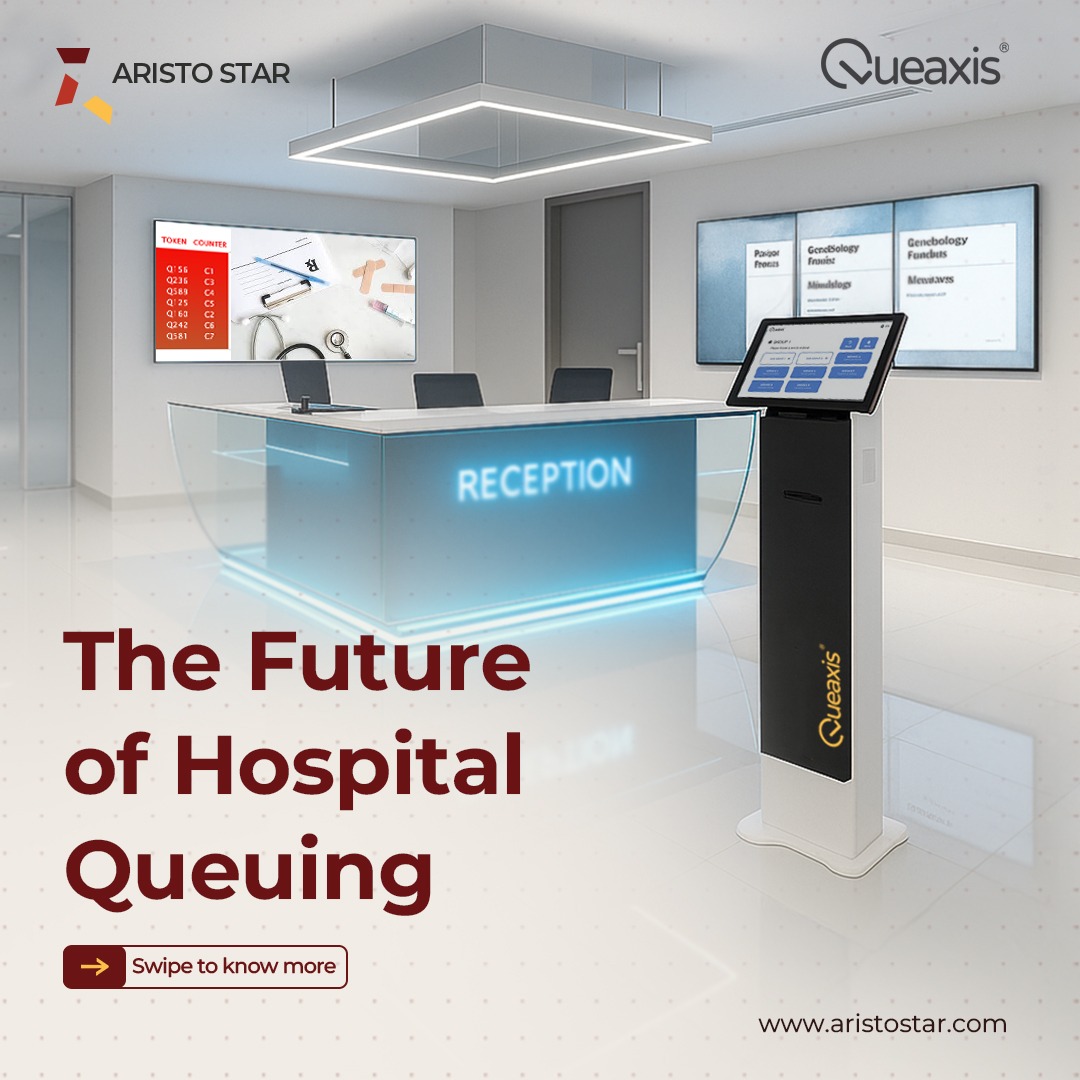

Healthcare
Effective Queue Management in Healthcare: Improving Patient Experience and Operational Efficiency
In the healthcare sector, where patient care and experience are most important, effective queue management is essential. Long wait times, disorganization, and inefficiencies can lead to frustrated patients and overwhelmed staff, ultimately compromising the quality of care. As we navigate an increasingly digital world, innovative queue management solutions can transform the patient experience and improve the overall operational efficiency of healthcare facilities.
The Impact of Long Wait Times
Research consistently shows that patients value timely access to care. Extended wait times can create a negative perception of a healthcare facility, leading patients to seek alternatives. In extreme cases, prolonged waits can also lead to worsened health outcomes, as individuals may delay seeking care or become disengaged from their treatment plans.
Moreover, long wait times can significantly affect healthcare providers. When patient flow is inefficient, staff become overwhelmed. This stress can lead to decreased job satisfaction, increased turnover, and ultimately a decline in the quality of care delivered.
The Need for Efficient Queue Management
Efficient queue management allows healthcare facilities to streamline operations, reduce patient wait times, and improve overall satisfaction. Here are key components and strategies for effective queue management in healthcare:
- Appointment Scheduling Systems: Implementing robust appointment scheduling systems can help manage patient flow effectively. These systems allow patients to book, reschedule, or cancel appointments easily, reducing confusion and ensuring that staff can prepare for the expected patient load efficiently.
- Digital Check-In Systems: Digital check-in options, including kiosks or mobile applications, enable patients to check in for their appointments before arriving. This not only speeds up the process but also reduces congestion in waiting areas, allowing staff to manage patient flow bette
- Real-Time Patient Monitoring: Utilizing technology to monitor patient status and wait times in real time can help staff make informed decisions. Patients can be updated on their wait times via digital displays or notifications through their mobile devices, fostering a sense of transparency and reducing anxiety.
- Staff Training: Equipping staff with the skills to manage queues effectively is crucial. Training employees on communication strategies, operational protocols, and how to handle high-stress situations can lead to a more organized environment and mitigate potential issues related to long wait times.
- Feedback Mechanisms: Establishing a system for patient feedback regarding their experience related to queue management can provide valuable insights. Surveys, suggestion boxes, or follow-up calls can help identify areas for improvement and empower patients to engage in their care experience.
Technology Integration
In today’s technological landscape, integrating advanced software solutions can greatly enhance queue management. Systems powered by artificial intelligence can analyze patterns in patient flow, helping healthcare facilities prepare for peak times and allocate resources more tactically. Additionally, cloud-based solutions allow for seamless communication between departments, ensuring that all staff members are informed about patient needs and status, which can minimize bottlenecks.
Related Blogs
Customer Experience in Banking
Looking to improve customer experience in banking? Find out how CJM tools enable personalization at scale and drive deeper customer relationships.

Patient Journey Mapping to Improve Hospital Experience
Every hospital visit is more than a medical procedure; it's a personal story filled with emotions, expectations, and interactions.

Government
In today’s fast world, government entities are increasingly challenged to deliver services efficiently while ensuring public satisfaction.























